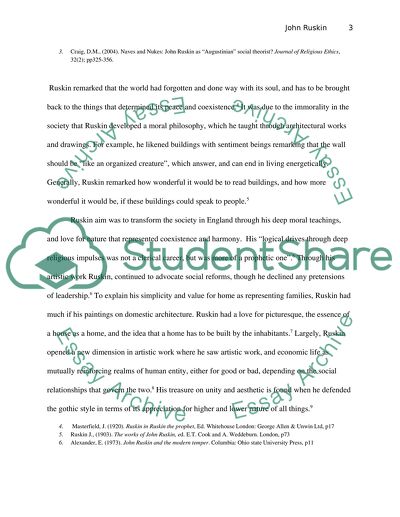Cite this document
(“Ruskins Influence on Victorian Architecture Essay”, n.d.)
Retrieved from https://studentshare.org/architecture/1444075-answer-one-of-the
Retrieved from https://studentshare.org/architecture/1444075-answer-one-of-the
(Ruskins Influence on Victorian Architecture Essay)
https://studentshare.org/architecture/1444075-answer-one-of-the.
https://studentshare.org/architecture/1444075-answer-one-of-the.
“Ruskins Influence on Victorian Architecture Essay”, n.d. https://studentshare.org/architecture/1444075-answer-one-of-the.


